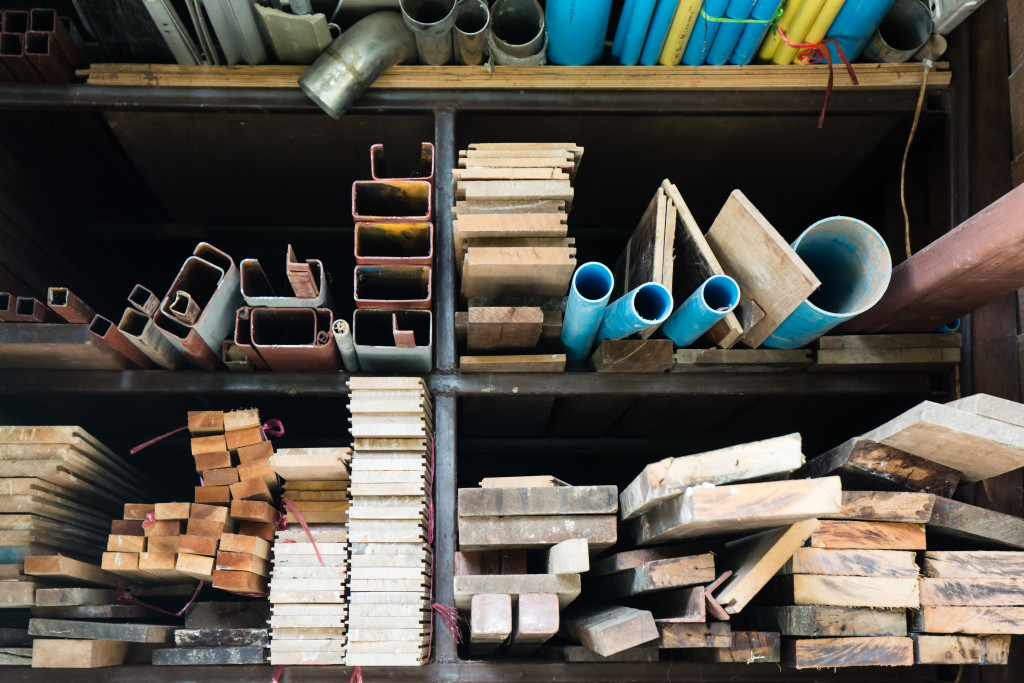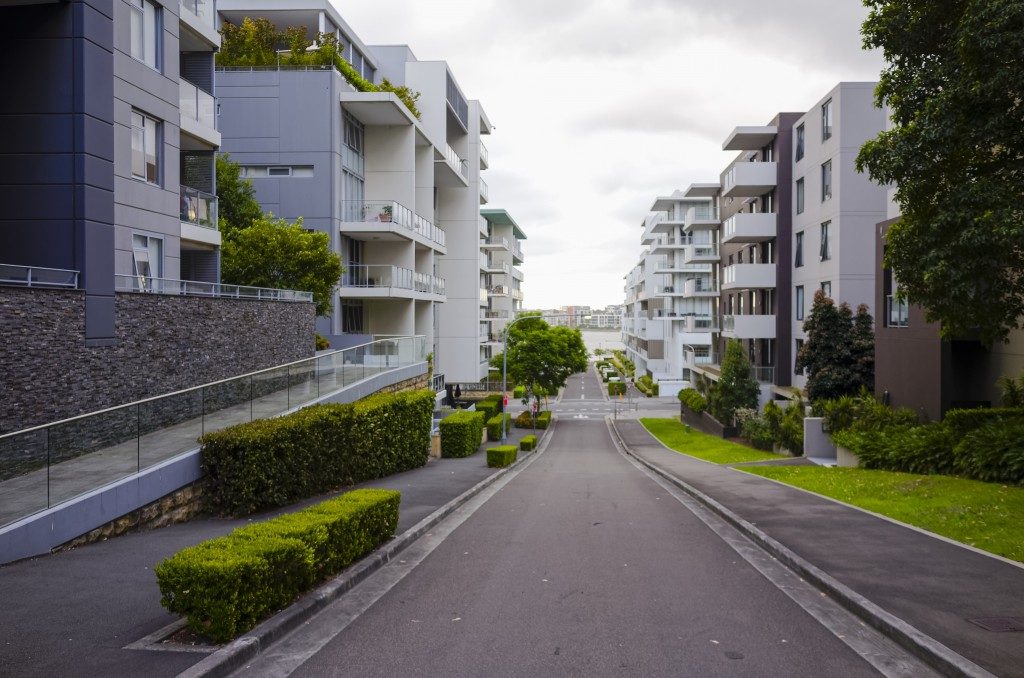- Set a budget and stick to it when building your home to avoid cost overruns.
- Research and plan the design of the house before starting the project.
- Inspect your contractor’s work during the project to ensure that it meets your set standards.
- Invest in quality materials for a durable, energy-efficient home.
- Look into government incentives like tax credits or rebates.
Australia is projected to see an increase of 1.8 million new households from 2023 to 2033, resulting in 12.6 million homes (a growth from 10.7 million in 2022). Out of these new households, around 1.7 million will be occupied, while the remaining 116,000 will be vacant.
Like Australia, the United States will also see more new homes built nationwide. But the increasing home prices will see potential property owners opting to build the houses themselves.
Building a home is a thrilling experience for anyone who dreams of having a place they can call their own. It’s an opportunity to customize every structure aspect, from design to decoration, according to your preferences.
However, it can be equally overwhelming if you don’t know the process and the best practices to follow. Fortunately, with the right tips and tricks, the home-building process can become a fun and rewarding experience.

Set a Budget and Stick to It
One of the most essential tips when building your home is setting a budget and staying within it. You need to determine how much money you can spend on your home before starting the project, including all the expenses involved, such as permits, financing, contractors, and materials. The budget should also include the land you’ll buy. But you should look for an affordable property for sale. You can check with real estate brokers or agents and compare prices in the area.
Monitor and Track
Once you have determined your budget, make sure to stick to it throughout the home-building process. You can do this by monitoring and tracking your progress regularly. Having a reasonable budget and sticking to it will help you stay on track with your project and maximize the value of your home.
Research and Plan Your Design
You likely have an idea of what you want your home to look like, but it’s essential to research and plan your design before commencing the project. Study various architectural styles, room layouts, fixtures, and finishes, and determine what works best for you and your family.
Meet Your Expectations
Researching beforehand will give you an idea of what to expect in terms of design costs. It will also help ensure that the final product meets your expectations. Once you have a clear vision of your ideal home, create a detailed design plan outlining the specific features and elements you want to include. This can help keep your project on track and provide a reference point for future renovations or enhancements.
Find the Right Contractor
The right home builder is crucial to the success of your home-building project. Doing a thorough search and creating a shortlist of contractors who meet your requirements is essential. Review each contractor’s licensing, certifications, and experience, and read their testimonials to see what their previous customers say about them.
Meet the Contractor
After vetting and shortlisting your potential contractors:
- Take the time to meet in person to discuss your project and determine who fits best with your needs.
- Before signing any contracts, clearly understand the terms and conditions.
- If possible, seek legal advice from an experienced lawyer to review your contract before moving forward. Once everything is in place, you can look forward to a successful project and a beautiful new home!
Prepare for Construction
Once you have chosen a contractor, preparing your property for construction is essential. Outline the specific construction area with caution tape or other visible markers. Move plants and lawn furniture from the construction area and provide your contractor with the necessary permits or licenses.

Invest in Quality Materials
Quality materials are an integral part of any successful home-building project. Research and invest in high-quality materials to ensure your home lasts for years and maintains its aesthetic appeal.
Research and Compare
Research and compare prices to find a balance between the quality of the materials used versus the cost. Consider the long-term value of each material you use for your home. Invest in durable, energy-efficient, and environmentally friendly materials when possible. This investment can help you save money by reducing maintenance costs and increasing energy efficiency.
Government Incentives
Additionally, consider government incentives such as tax credits or rebates to help lower your costs. With quality materials in place, you can bring your dream home to life!
Building your home can be a fun and exciting experience if you follow the right tips and best practices. Set and keep to your budget, research and plan your design, find the right contractor, and invest in quality materials. These tips will ensure that the final product is everything you dreamed of while remaining cost-effective and stress-free. With careful planning, you can turn your dream into reality and finally have the perfect home you and your family deserve.



